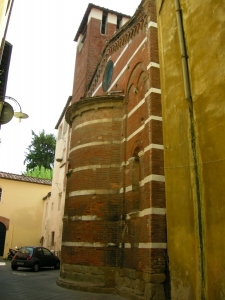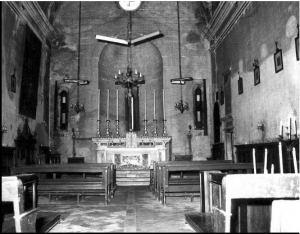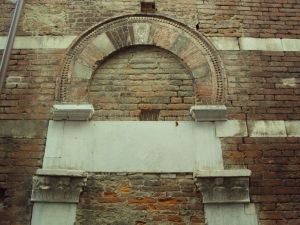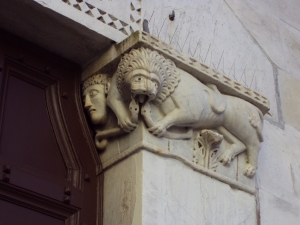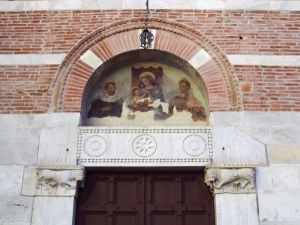
Information
Foundation:
IX secolo
District/Location:
Lucca
District:
Piana di Lucca

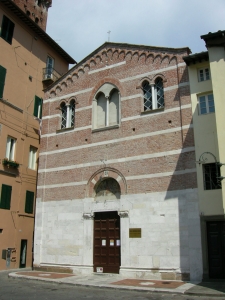
The first documents that mention the church of Saint Anastasio date back to the IX century, but today the building appears as a small and harmonious construction of the Romanesque Lucca, characterized by the extensive use of brick, used alongside the more usual white limestone. The interior of the building, with a single nave, has been completely transformed by a 16th century renovation promoted by the then rector Pietro Biancalana.
Chiesa di Sant'Anastasio 40, Via Sant'Anastasio 55100 Lucca LU Italia
The first document concerning the church of Sant'Anastasio - also known as Chiesa del Gesù because it was the seat of the Company of the Most Holy Name of Jesus in the 19th century - dates back to 844, but the current building was built between the 12th and 13th centuries : the church, called in ancient "in Lischia", was built in brick, using white limestone only for the lower part of the façade up to the portal architrave and for thin and elegant strips running along the upper part of the facade itself, the side and the apse area. To the right of the entrance door, an inscription in leonini hexameters commemorates the figure of Enrico Sismondi, priest of the church who died in 1167. On the façade there is a single portal with an architrave decorated with a frame of small rhombuses and inlaid rotae; the capitals of jambs contain two lions depicted in profile with protomes (one human on the right and one of a bull on the left) in the inner part. The whole decorative system seems to be a late echo of Guidetto's production and of the other Lombard sculptors active in Lucca between the end of the 12th and the first half of the 13th century, responsible among other things for the upper part of the façade of the Cathedral of San Martino. A second portal, now buffered, opened into the left side: it too has decorated capitals, in this case with leaves and volutes. The interior of the church was completely renovated in the second half of the 16th century, as evidenced by an epigraph placed above the door of the sacristy: the trussed roof was obscured by a barrel vault and the altars were equipped with a new furnishing comprising the Madonna with Child and Saints by Alessandro Ardenti (1568) and the Crucifix between Saints Lorenzo and Giuliano by Lorenzo Zacchia (1587), still present in the church today. The church now houses the local community of the Romanian Orthodox Church.
Scopri altre attrazioni vicino a Saint Anastasio
See allYou may also like..
See allFind more
0








